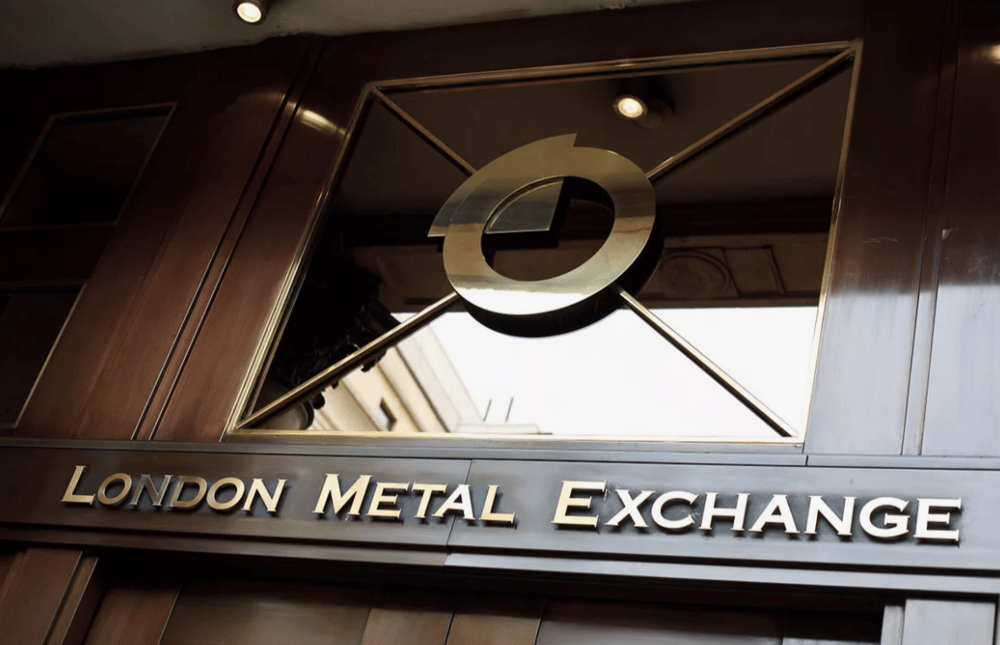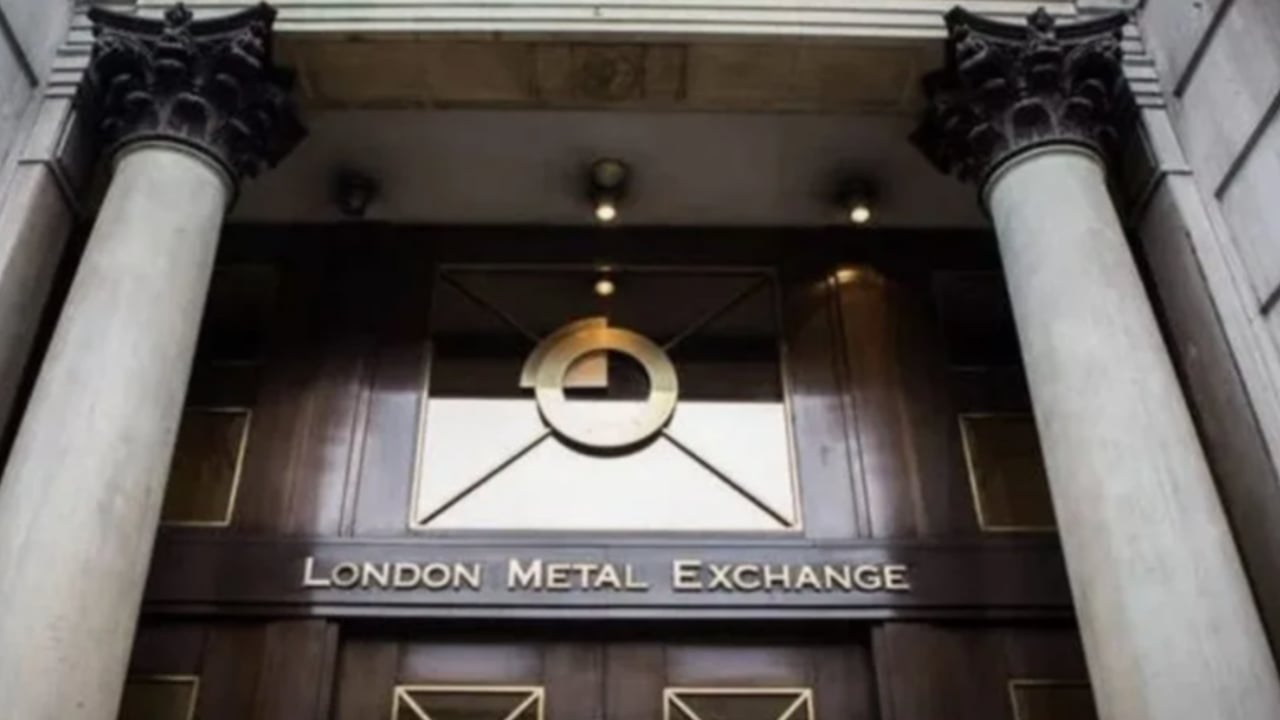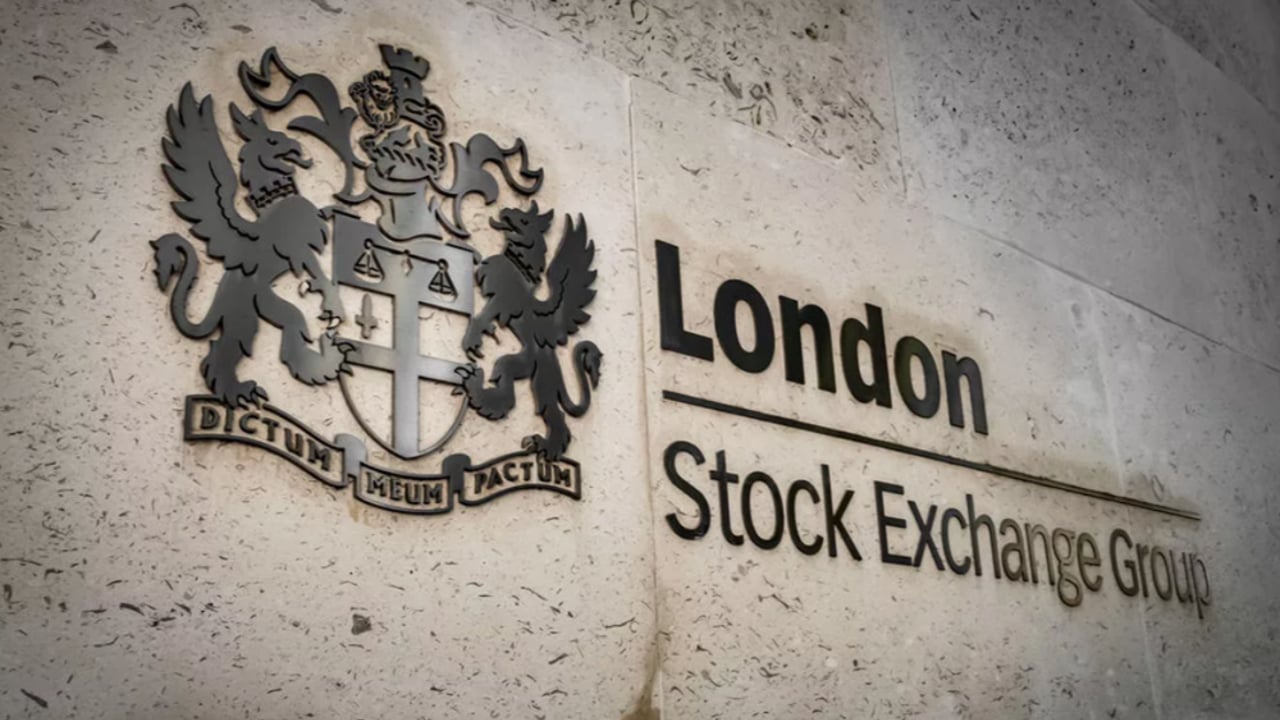Related Articles
CommBank Cuts Variable Investor Loan Rates as RBA Lowers Cash Rate to 3.85%
Australia’s financial landscape is undergoing a significant recalibration following the Reserve Bank of Australia’s (RBA) decision to lower the official cash rate by 25 basis points to 3.85%. In the wake of this monetary policy shift, major banks are aggressively adjusting their lending terms in a bid to capture a greater share of the investment mortgage market. Notably, Commonwealth Bank of Australia $CBAUF —the country’s largest lender—has once again reduced its variable home loan rates for investors, sparking a fresh wave of competitive pricing strategies.
Harley-Davidson Recalls Over 82,000 U.S. Motorcycles Due to Rear Suspension Malfunction
Harley-Davidson Inc. $HOG has announced the recall of 82,117 motorcycles sold in the United States following a mechanical issue linked to the rear shock absorber adjuster. The defect, outlined in a June 12 report by the National Highway Traffic Safety Administration (NHTSA), may cause unintended contact between the tire and the frame, increasing the likelihood of tire pressure loss and road instability.
President Donald Trump Pushes for Resolution on EchoStar Wireless Spectrum Dispute Amid Market Rally
In a notable intervention with potential regulatory and market ramifications, former U.S. President Donald Trump has actively urged EchoStar Corporation $SATS Chairman Charlie Ergen and Federal Communications Commission (FCC) Chair Brendan Carr to finalize an agreement regarding the future of EchoStar’s wireless spectrum licenses. This call for resolution comes amid a complex backdrop of regulatory scrutiny over spectrum allocations critical to the U.S. telecommunications infrastructure.








A sale of this magnitude might greatly impact the future trajectory of automation in the tech sector, potentially revolutionizing how we approach technology.